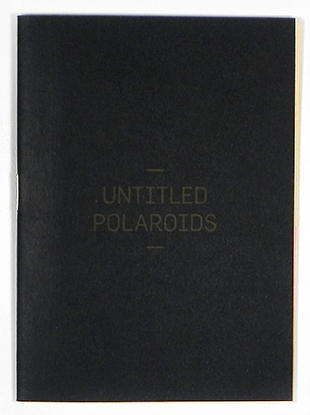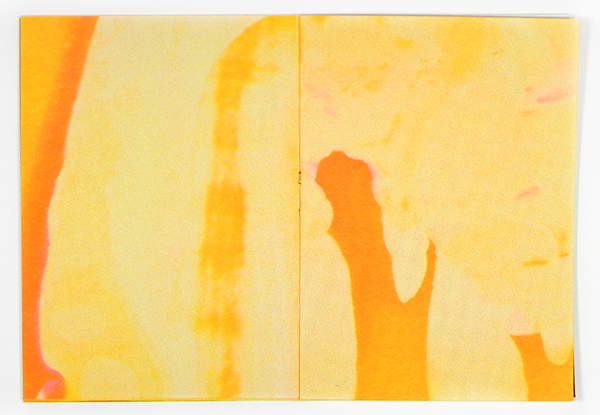
Kristan Horton
Dr. Strangelove Dr.Strangelove
Toronto: Art Gallery of York University, 2007
18 x 31,5 cm.

O artista recriou cada cena do filme Dr. Strangelove, de Stanley Kubrick, utilizando objetos que estavam em seu estúdio.


series of 200 photos: each 27.9 x 76.2 cm, giclee prints on archival photo paper mounted on aluminum. An artist book containing all 200.

Years in the making, Toronto artist Kristan Horton’s doubly legendary Dr. Strangelove Dr. Strangelove targets Stanley Kubrick’s original film, Dr. Strangelove. With the obsessive meticulousness of the master himself, Horton has recreated each scene with objects at hand in his studio, deflating what is exaggerated in Kubrick’s black comedy.
Kristan Horton
Niagara Falls, Ontario, Canada, 1971
Kristan Horton’s multi-disciplinary practice includes sculpture, drawing, photography and video. Using layered processes of construction, both material and virtual, he has produced several long-term projects linked conceptually by their serial and episodic structure. Horton researches and creates his subjects in an intensive studio practice, ultimately realizing his artworks through inventive and experimental uses of digital technology. Horton’s acclaimed Dr. Strangelove Dr. Strangelove project was seen in a series of over forty photographs and accompanying publication exhibited at the Art Gallery of York University (2007). Horton has had solo exhibitions at White Columns, New York (2008), and The Contemporary Art Gallery, Vancouver (2007). He is the winner of the 2010 Grange Prize.
www.kristanhorton.com
Www.jessicabradleyartprojects.com














